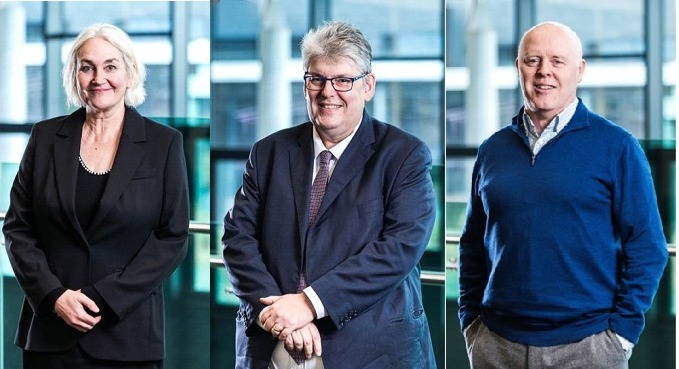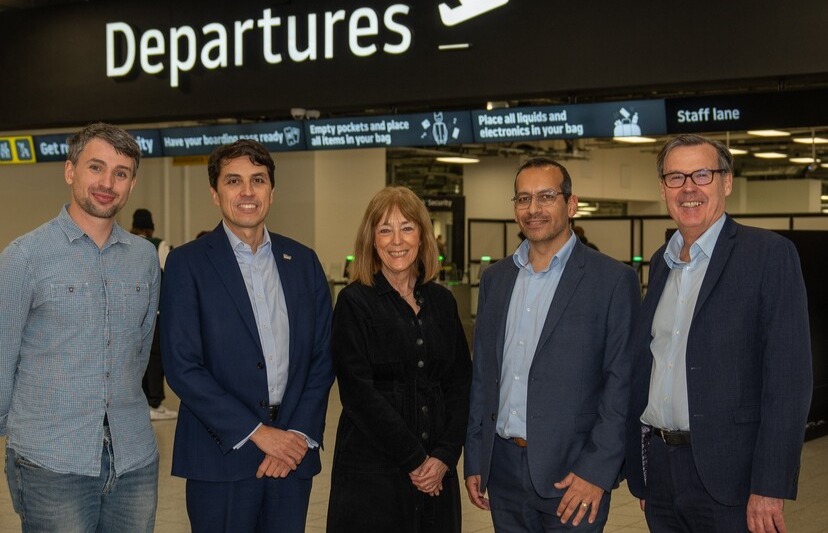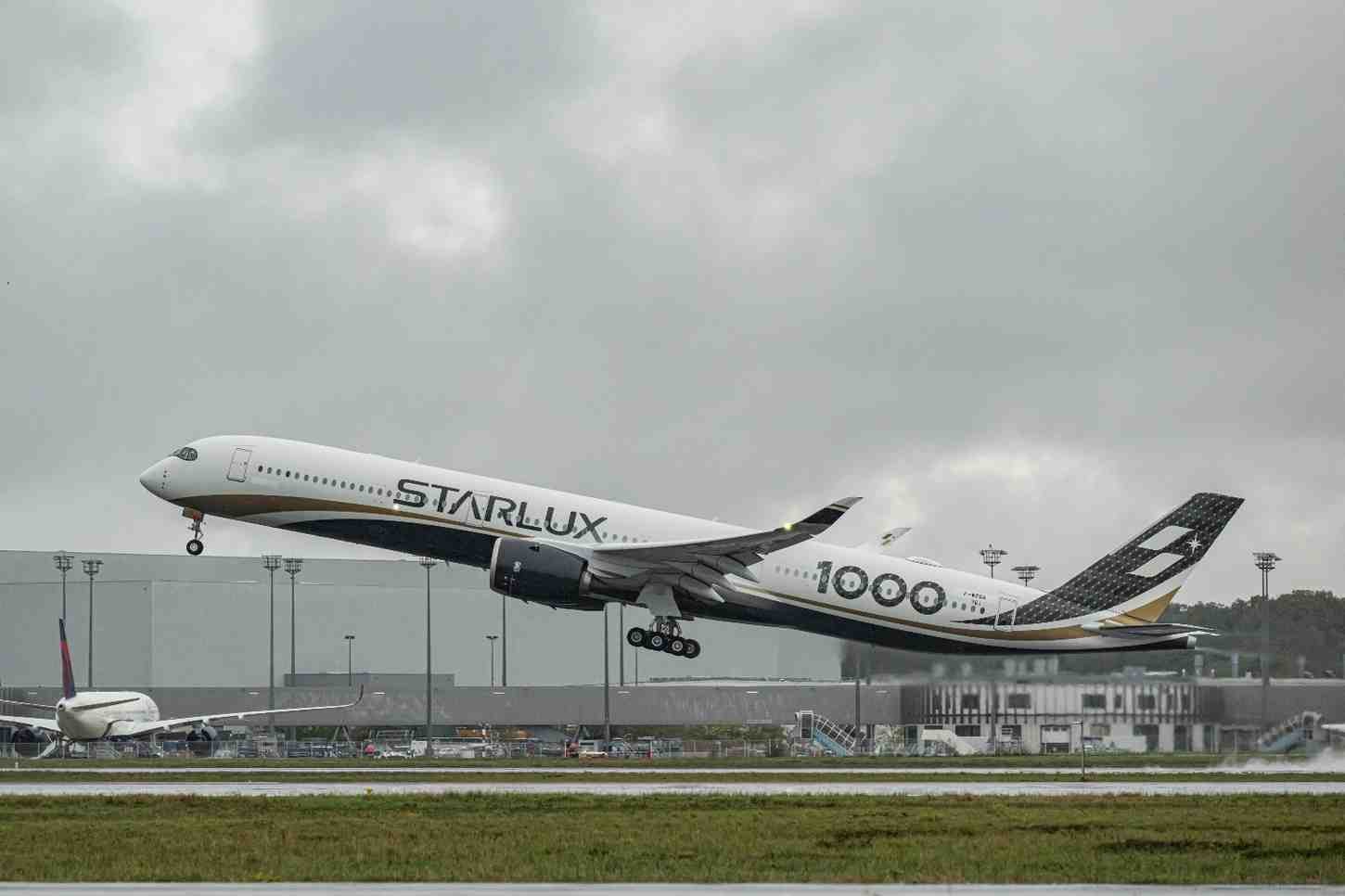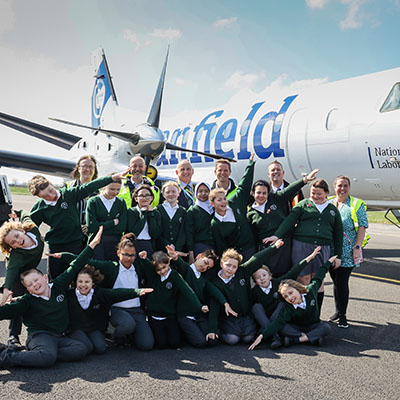Boeing opens Farnborough collaboration centre

Above: Aldershot and Farnborough MP, Alex Baker, unveiled the High-Lift Aerospace Collaboration Centre in front of Boeing team members and guests from the Aerospace Technology Institute and UK government.
Courtesy Boeing
The site, known as the High-Lift Aerodynamics Collaboration Centre (HiLACC), is next to the five-metre-cross-section low-speed wind tunnel leased by QinetiQ, and operated by QinetiQ and Boeing for more than 35 years.
With around 930 square metres (10,000 square feet) of space across three floors, HiLACC gives Boeing and its industry and academic partners a convenient and dedicated space to collaborate on aerodynamic testing and aerodynamics research at the Farnborough wind tunnel.
The facility will support testing and development for a range of programmes for Boeing’s commercial aeroplanes and derivative aircraft.
The centre was unveiled by Alex Baker, the Member of Parliament for Aldershot and Farnborough: “I am delighted to open the High-Lift Aerodynamics Collaboration Centre today. The centre, which supports the only high-tech wind tunnel of its type in the UK, will bring together experts from around the globe to test and improve designs of aircraft that could deliver significant environmental value through improved fuel efficiency and reduced noise emissions.
“This is a significant investment from Boeing and a massive vote of confidence in the future of the aerospace and defence industries in this area. It will ensure that Farnborough continues to be at the forefront of aviation research and development, providing hundreds of well-paid jobs and opportunities for local residents.”
“The future of aerospace is made possible, in part, by facilities like HiLACC,” said Maria Laine, president of the Boeing UK, Ireland and Nordic region. “The UK continues to play a pivotal role in the development of aerospace innovations, and we are excited to see how the new technology developed here will support the evolving needs of our customers.”
HiLACC will enable Boeing and its collaborators to cut the time needed to refine an aircraft’s design and test a model of this design in the nearby wind tunnel. Shortening this cycle helps speed the process of evaluating future aircraft configurations that could offer reduced drag and improved high-lift performance; factors that lead to better fuel efficiency, reduced noise and emissions, and increased payload and range.
High-lift, low-speed wind tunnel testing is important to aircraft development because it assesses how design changes affect takeoff and landing performance. Aerodynamic improvements that increase an aircraft’s fuel efficiency must perform well at takeoff and landing, as well as at cruise levels.
“As we look to the future, we know our customers will continue to count on us to deliver breakthrough products that meet the highest levels of safety, quality and performance,” said Jeff Hogan, chief engineer, Airplane Characteristics, Boeing Commercial Airplanes. “HiLACC supports the work we’ll do today and tomorrow to develop our next generation of aerospace innovations.”
The five-metre QinetiQ wind tunnel, located next to HiLACC, is one of only three large, low-speed pressurised wind tunnels in the world and the only one in the UK. It has supported the testing and design for Boeing aeroplanes including the 787, 777, 747 and the 737 MAX.
Boeing has invested more than £110 million in UK innovation since 2015, working closely with government, industry and academia to innovate and drive forward technologies that support the future of the UK, as well as the global aerospace industry.












